Interviews
Doing chores
All of us, she had assigned chores for us to do. My brothers had to tend to the garden. And every morning, it was my job to feed the chickens. I would chop the green vegetables and mix with the leftover rice and put the feed [and] mix it together. And I had to feed the chickens and pick the eggs. And sometimes, when I dropped, oh, I had a spanking from my mother on my okole because she got so upset because she never let us eat the eggs. She couldn’t afford to let us eat the eggs because she had to sell the eggs. So, that was hard.
And I had to make lunch for all my brothers and sisters. And because, after my sister left home, I became the oldest daughter. So I had lot of responsibility. I was nine years old. I started cooking for the family because my mother was in the laundry washhouse all day long. And so, I used to cook simple meals because those days we didn’t have steaks or we didn’t know how to cook spaghetti. We never saw spaghetti, right, until I started working as a maid. But, food was simple and lot of vegetable dishes. I used maybe little bacon to stir fry, you know. And so, I did the cooking. And then in the morning, I made lunch for my five siblings.
And every morning—you know, chorizo is so expensive today. I want to eat but I can’t afford it—it’s so expensive.When we were kids, chorizo, my mother would buy a huge can. And every day, that’s the easiest thing for me to cook. So I would slice it and fry it crisp and put it in the bento. We bought the rectangle can. And so I remember one day, Ms. Mendonza(?), my Portuguese teacher, held up my bento in front of the class. I think I was in the fourth grade by then—fourth or fifth. She held up the bento can, said, “Look at Fusako’s lunch. Every day she brings this chorizo and it’s not nourishing for her.” So, I was so embarrassed.
Date: February 19, 2004
Location: Hawai'i, US
Interviewer: Lisa Itagaki, Krissy Kim
Contributed by: Watase Media Arts Center, Japanese American National Museum.
Explore More Videos
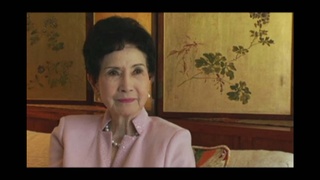
Growing up with Japanese language and values
(1925 - 2018) Nisei educator from Hawai‘i

Retaining Japanese customs (Spanish)
(b. 1950) Nisei Chilean, Businessman



Studying Japanese to understand her grandfather (Spanish)
Sansei Argentinean
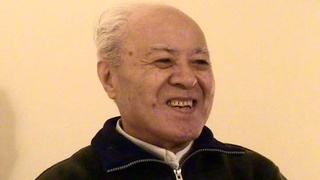
The most memorable day of his life (Japanese)
(b. 1917) Okinawan, Issei Argentinean


No more close family in Japan (Spanish)
(1925-2014) La Plata Hochi, Journalist

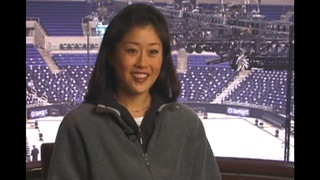
Grandparent's unspoken past
(b.1971) Professional figure skater and Olympic gold medalist.


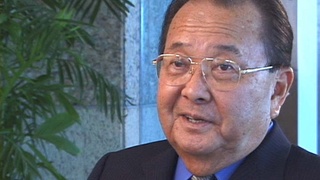

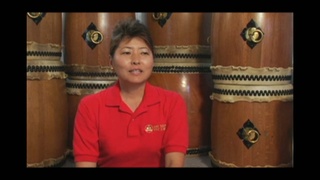
Taiko as a family tradition
(b.1960) Third-generation taiko drummer, leader of Maui Taiko
